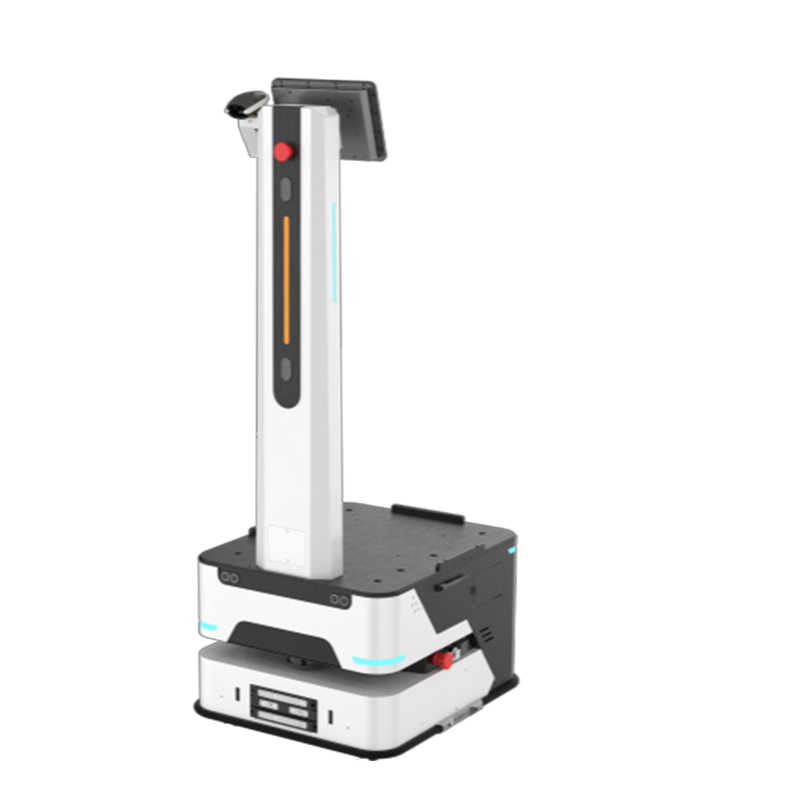In today’s fast-paced world, the use of robotic warehouse management systems has become increasingly popular. These advanced technologies are transforming traditional warehouses into efficient and automated spaces. With the ability to streamline processes and improve productivity, robotic systems have revolutionized the way warehouses operate.
The Power of Robotic Warehouse Management System
A robotic warehouse management system utilizes intelligent robots to perform various tasks such as inventory management, order fulfillment, and material handling. These robots are equipped with sensors and cameras that allow them to navigate through the warehouse autonomously while avoiding obstacles in their path.
By implementing a robotic system, warehouses can significantly reduce human error and increase accuracy in inventory tracking. The robots work tirelessly around the clock, ensuring that products are stored correctly and retrieved efficiently when needed.
Moreover, these systems optimize space utilization by organizing items more effectively within the warehouse. They can stack goods higher than humans would be able to reach safely without compromising safety standards.
Youibot: A Leader in Robotic Solutions
Youibot is at the forefront of developing cutting-edge robotics technology for warehouse management. Their innovative solutions have helped businesses across various industries enhance their operational efficiency.
One notable product from Youibot is their autonomous mobile robot (AMR) named “YouiBot.” This versatile robot can seamlessly integrate into existing warehouse infrastructure without requiring extensive modifications or disruptions to daily operations.
YouiBot is designed with advanced navigation capabilities using LiDAR sensors and SLAM algorithms. It can adapt to dynamic environments by mapping its surroundings accurately while avoiding collisions with objects or people in real-time.
The Advantages of AMR Technology

amr technology offers several advantages over traditional manual labor or fixed automation systems. These robots can be easily reprogrammed and redeployed to perform different tasks, making them highly flexible and adaptable.
Furthermore, AMRs are equipped with intelligent software that allows them to communicate and collaborate with each other. This enables efficient coordination in complex warehouse operations, such as order picking or inventory replenishment.
The use of AMR technology also improves worker safety by reducing the need for manual labor in hazardous environments. Employees can focus on more value-added tasks while leaving repetitive or physically demanding work to the robots.
In Conclusion
Robotic warehouse management systems, powered by companies like Youibot and their advanced AMR technology, have revolutionized the way warehouses operate. These systems offer increased efficiency, accuracy, and flexibility while improving overall productivity. As technology continues to advance rapidly, we can expect further innovations in this field that will continue to shape the future of warehouse management.

0 Comments